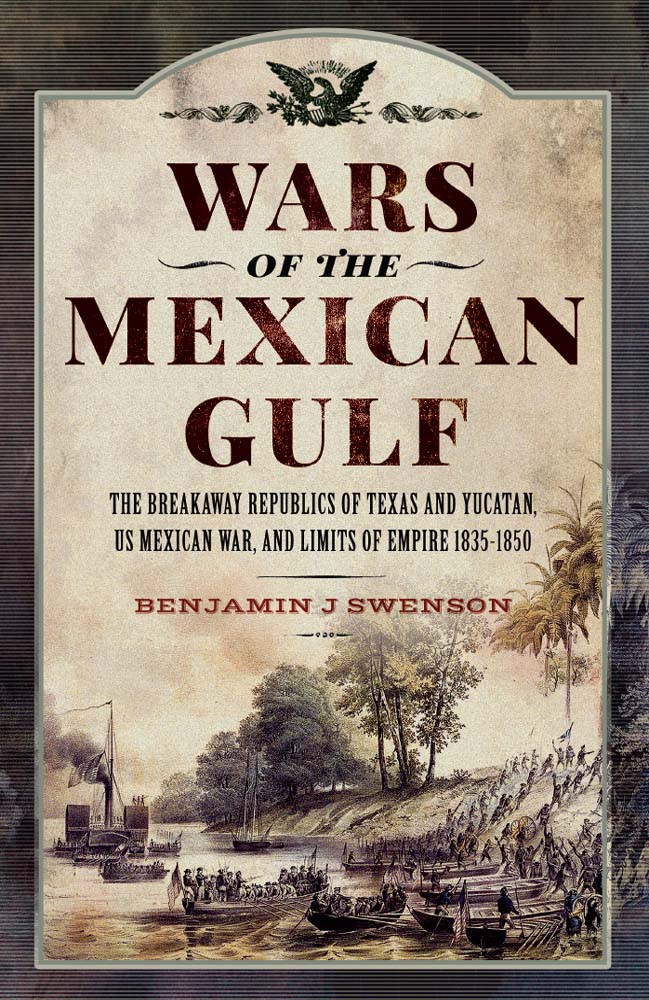

Most ebook files are in PDF format, so you can easily read them using various software such as Foxit Reader or directly on the Google Chrome browser.
Some ebook files are released by publishers in other formats such as .awz, .mobi, .epub, .fb2, etc. You may need to install specific software to read these formats on mobile/PC, such as Calibre.
Please read the tutorial at this link: https://ebookbell.com/faq
We offer FREE conversion to the popular formats you request; however, this may take some time. Therefore, right after payment, please email us, and we will try to provide the service as quickly as possible.
For some exceptional file formats or broken links (if any), please refrain from opening any disputes. Instead, email us first, and we will try to assist within a maximum of 6 hours.
EbookBell Team

4.0
86 reviewsIn 1835 the northern Mexican state of Texas declared its independence and won it after defeating General Santa Anna’s forces at the Battle of San Jacinto. A few years later, as a larger and looming war with the United States approached, the gulf state of Yucatan did the same by claiming itself a separate republic. For Mexican authorities, the existence of breakaway republics on its periphery represented an existential crisis and an opportunity for U.S. and European interests. For many on both sides, the US-Mexican war officially beginning in 1846 after the Republic of Texas was annexed to the United States was merely a continuation of a conflict that began ten years earlier.
Adding to the turmoil, the uprising in Yucatan by indigenous Maya against a criollo minority in 1847 and the contemplated military intervention and annexation of that republic by American leadership towards the end of the war sheds light on a conflict with ethnic, national, and international dimensions. In his second transnational history of the Mexican-American War, historian Benjamin J. Swenson examines the breakaway republics of Texas and Yucatan and demonstrates how the war was not only a manifestation of American expansionism and internal Mexican disunion, but a geostrategic contest involving European states seeking to curtail a nascent imperial power’s dominance in North America.